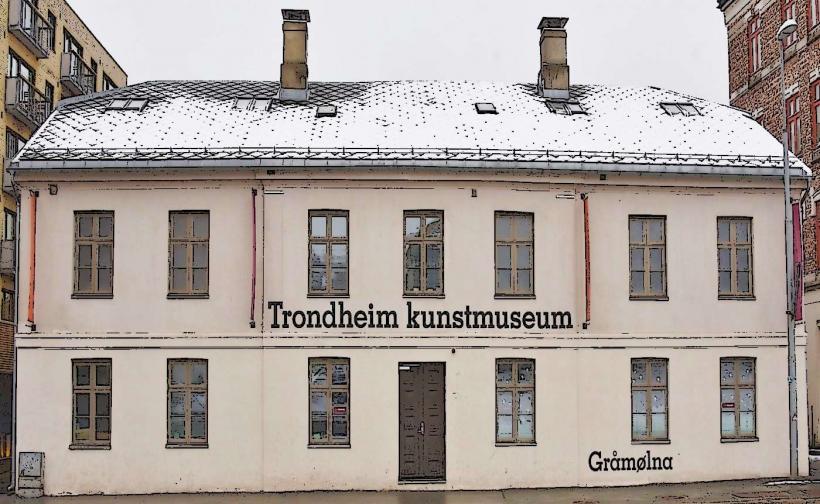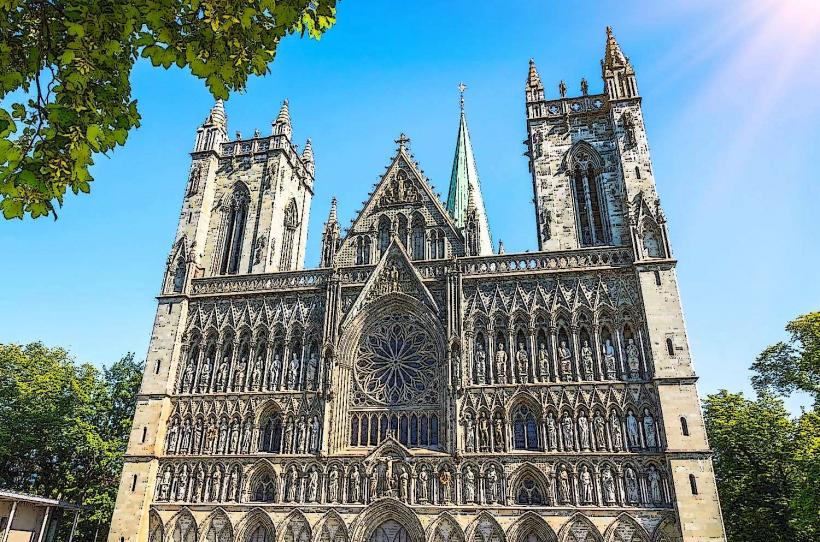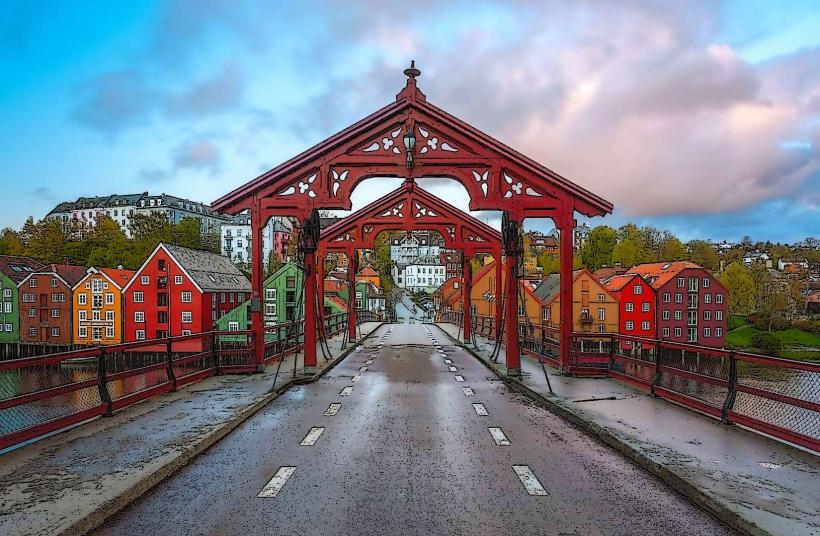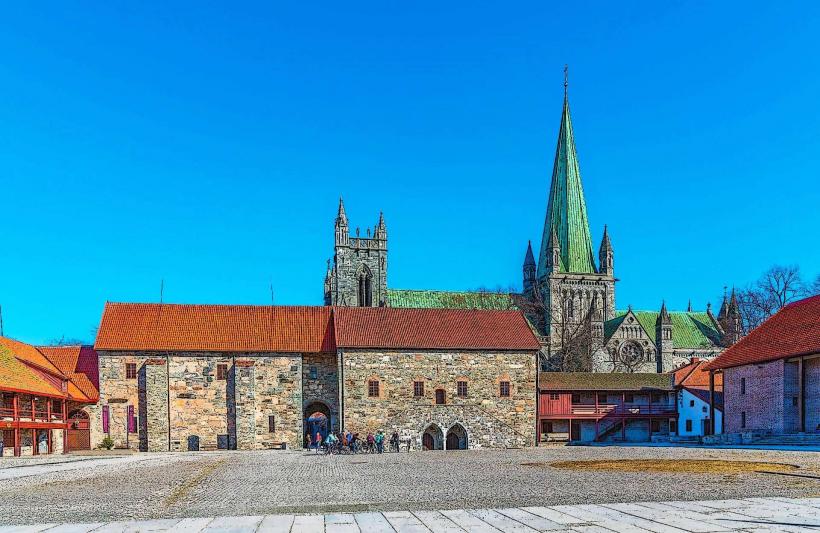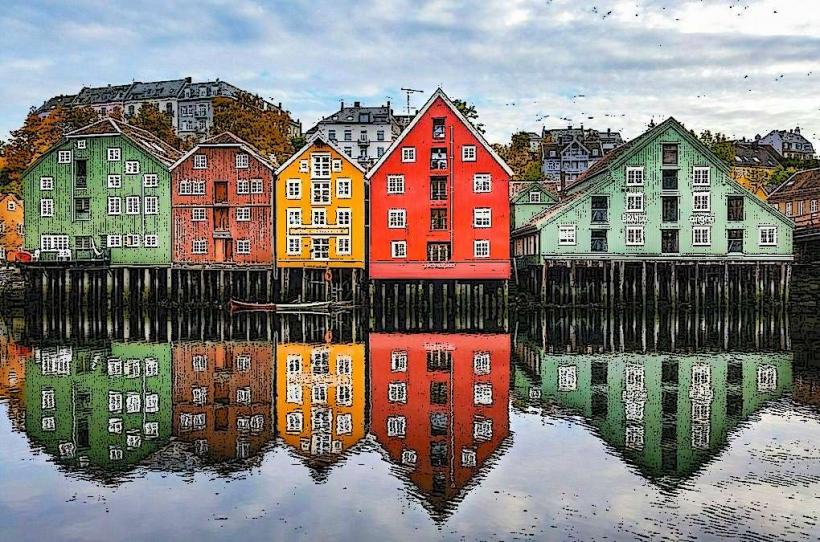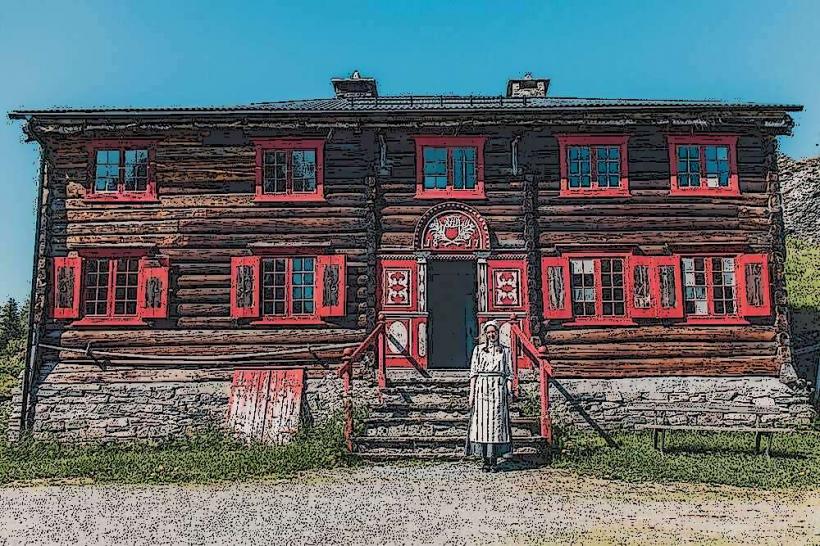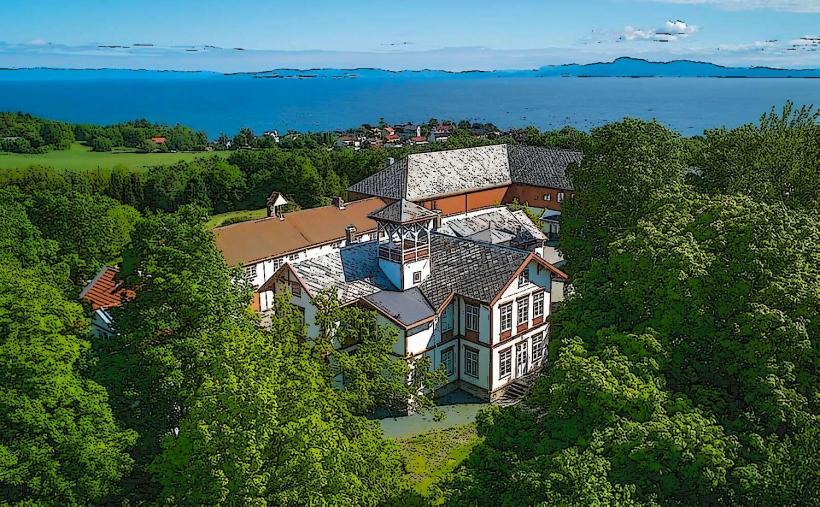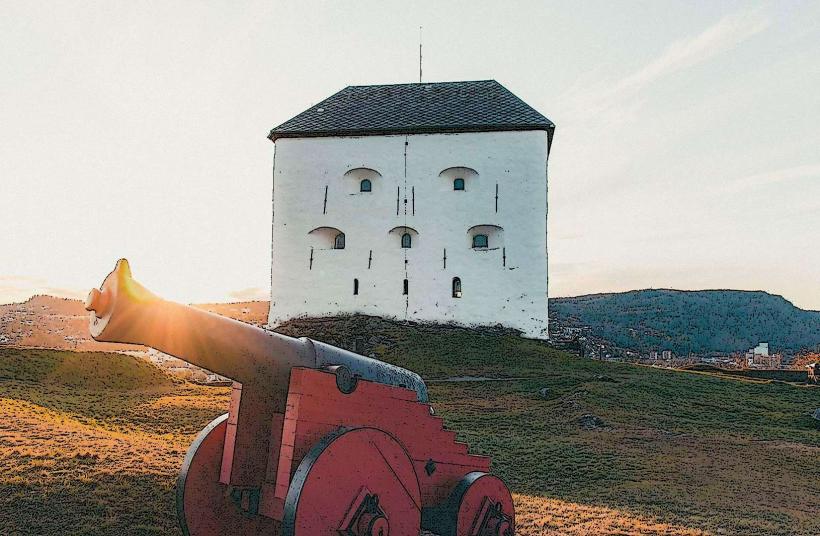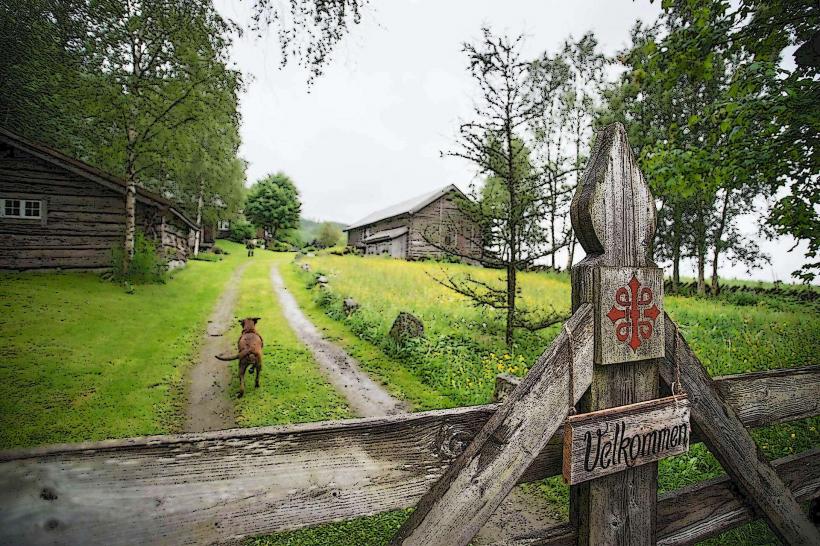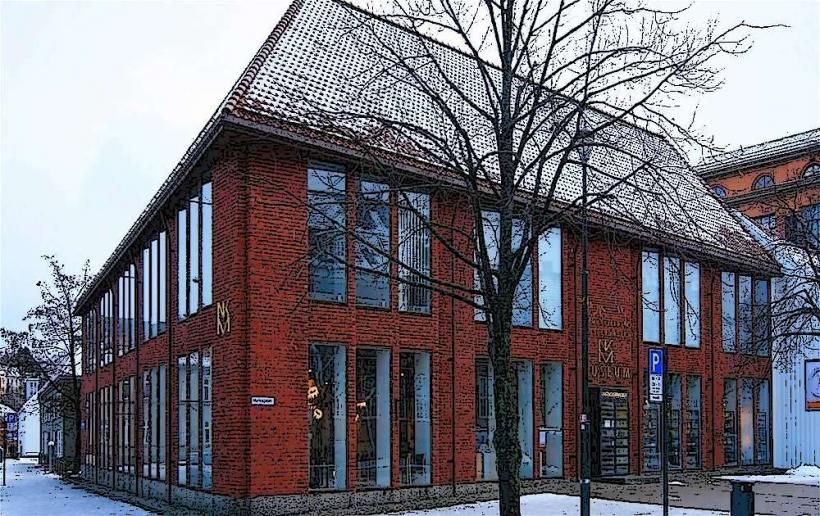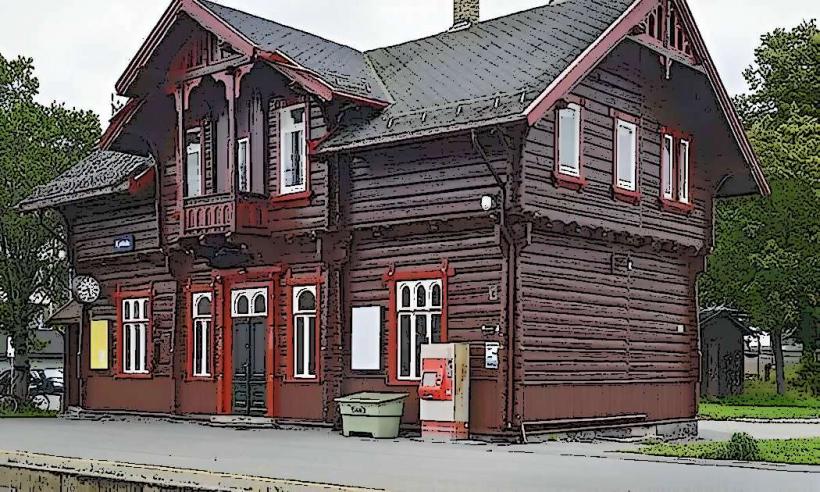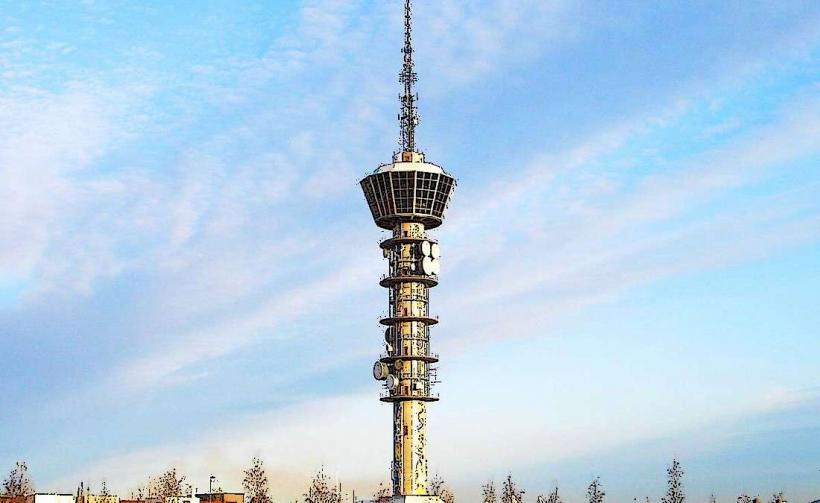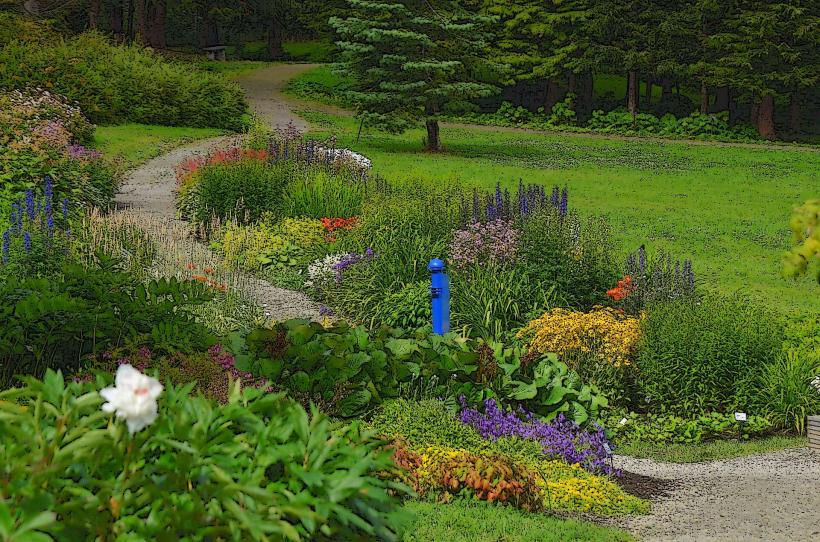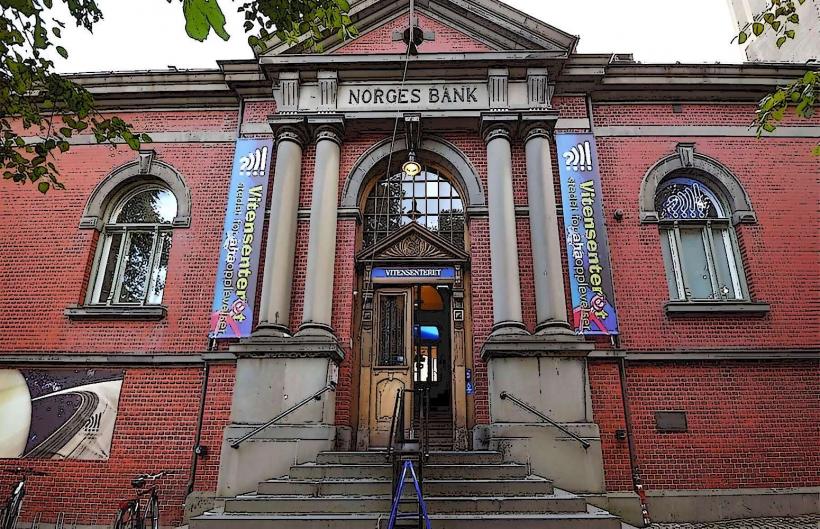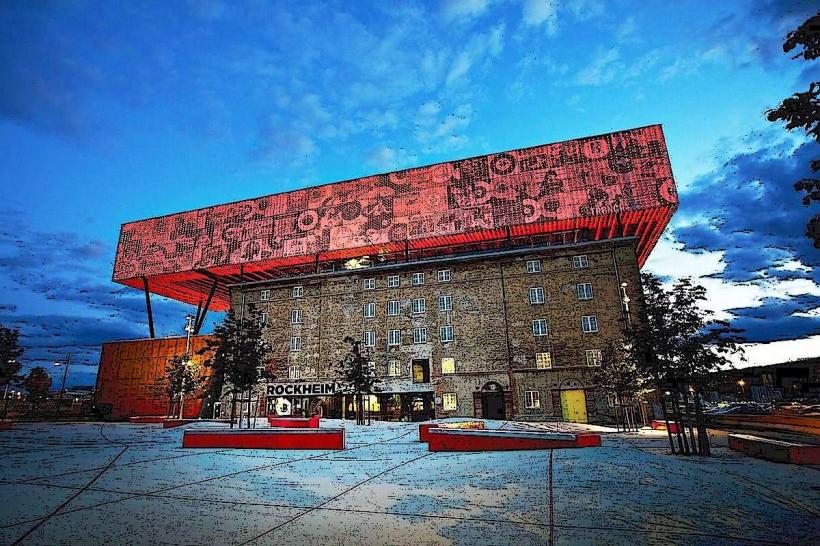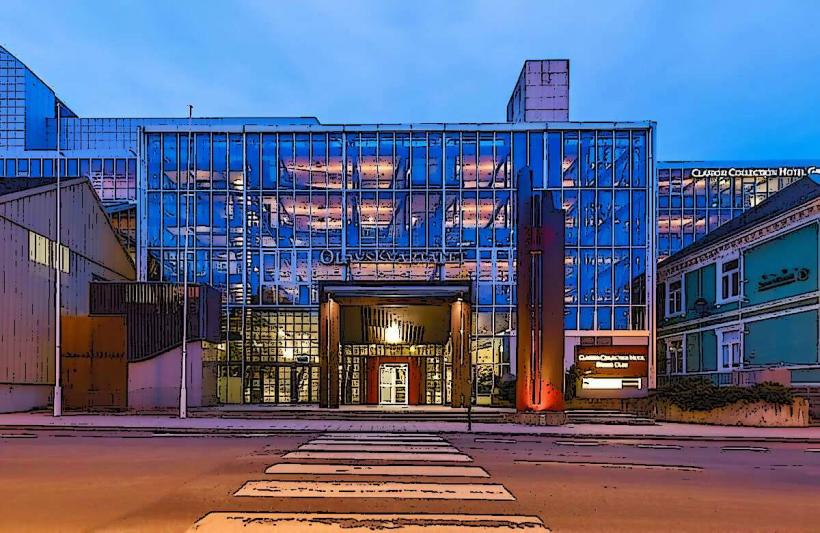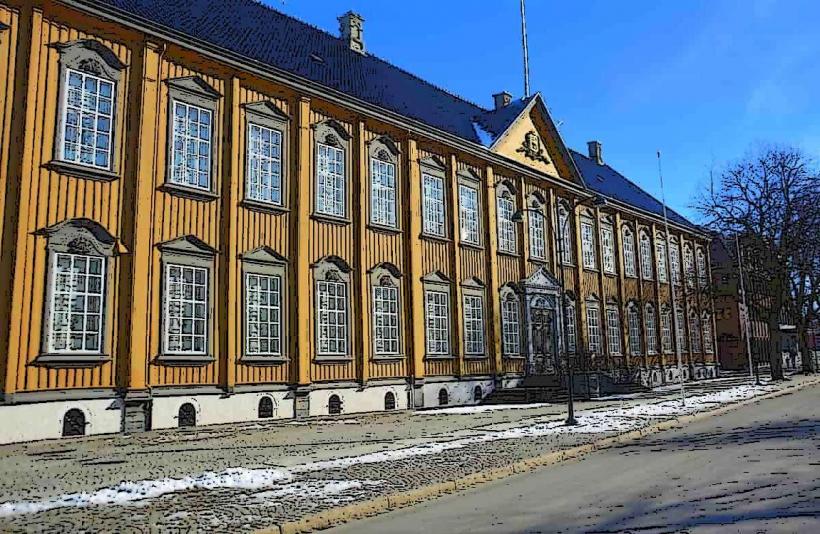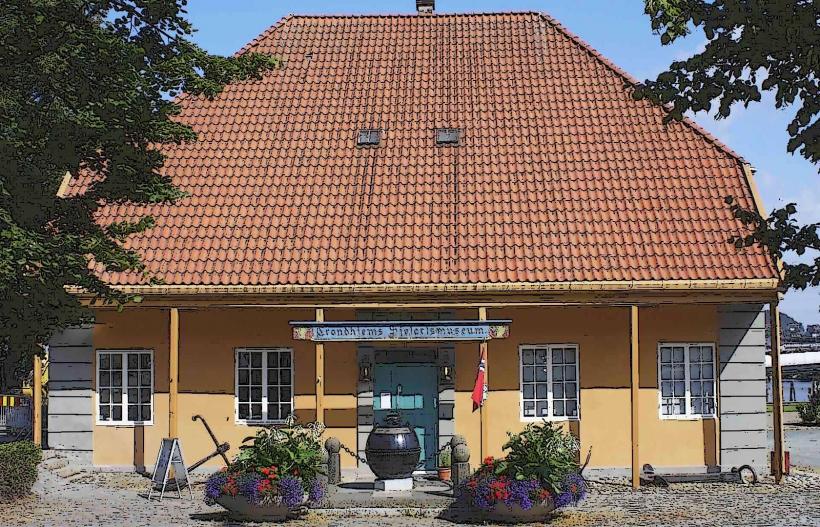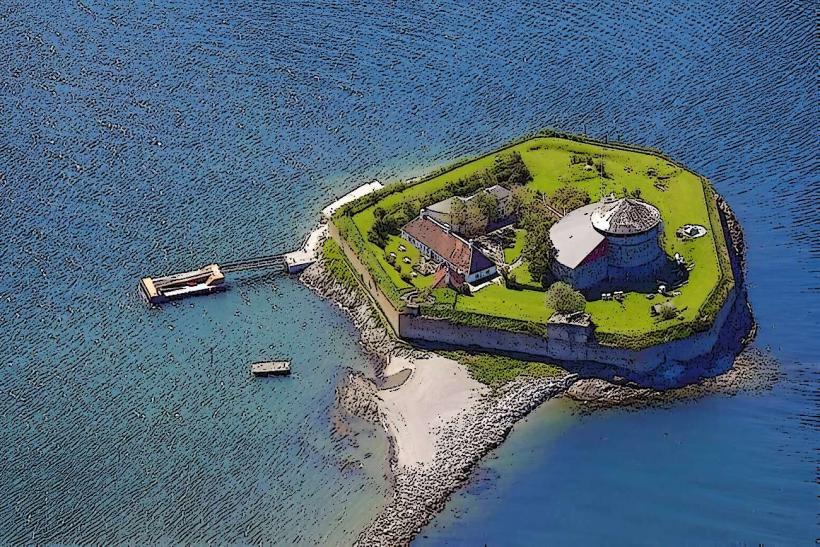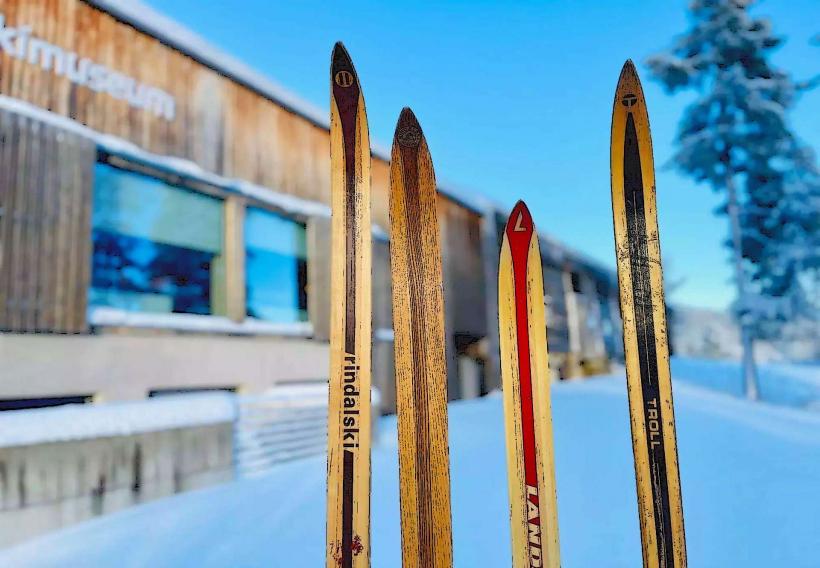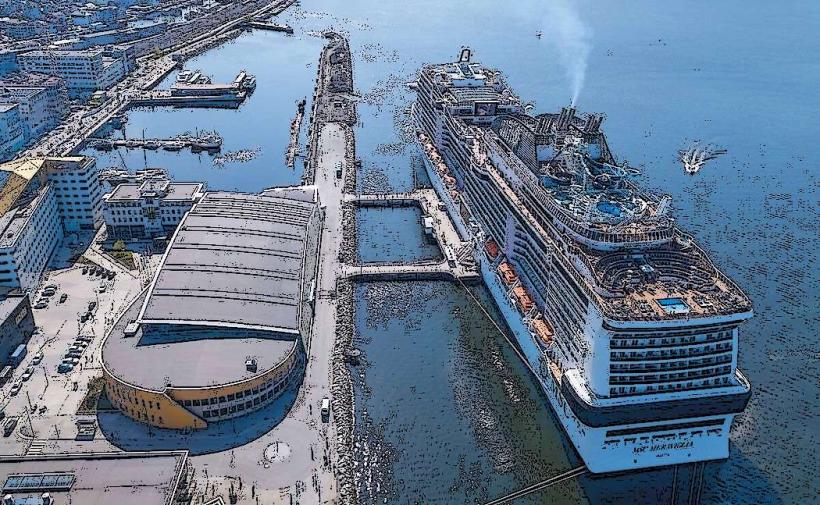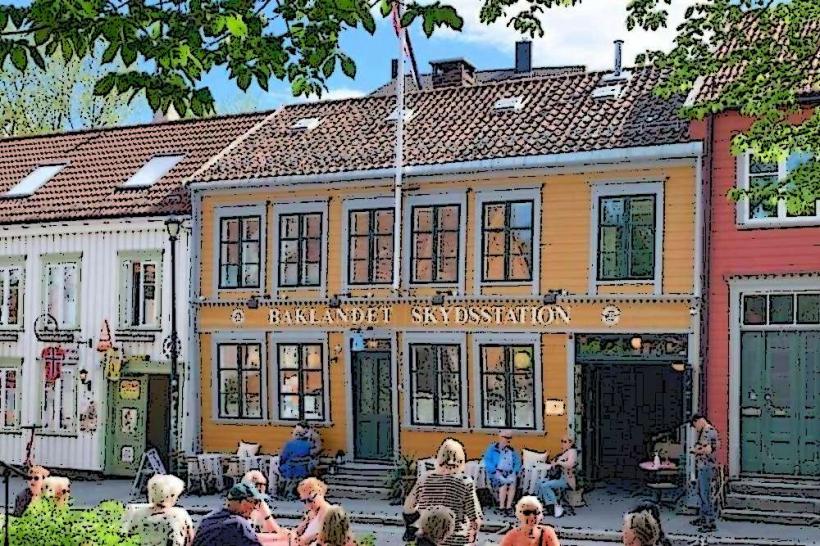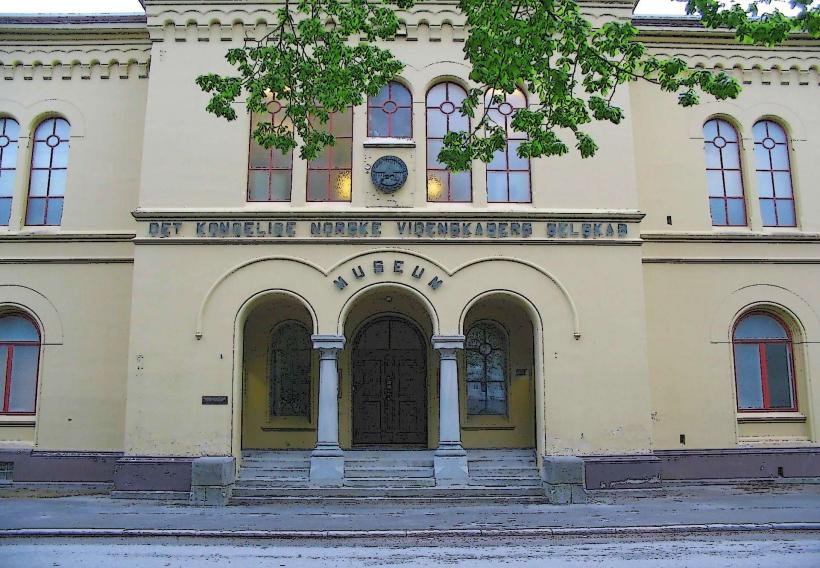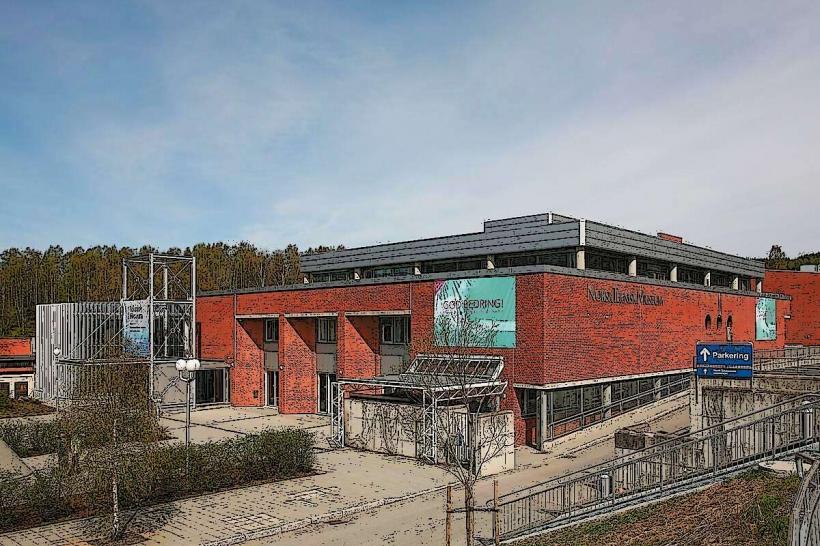Information
Landmark: Museum of Natural HistoryCity: Trondheim
Country: Norway
Continent: Europe
The Museum of Natural History (Naturhistorisk Museum) in Trondheim is part of the Norwegian University of Science and Technology (NTNU), and it is dedicated to preserving and showcasing the natural history of Norway and the world. The museum is a significant institution for research, education, and public engagement with topics like biodiversity, geology, paleontology, and the environment.
1. History and Background
- Establishment: The museum was founded in 1814 and is one of Norway's oldest natural history institutions. It was initially a part of the Royal Norwegian Society of Sciences and Letters before becoming integrated into NTNU.
- Purpose: The Museum of Natural History in Trondheim has a dual purpose of preserving collections and engaging in scientific research. The museum houses valuable specimens and engages in public education through exhibits and outreach programs.
- Affiliation: The museum is affiliated with NTNU, and it also collaborates with other museums and research institutions in Norway and internationally.
2. Collections and Exhibits
The Museum of Natural History has an extensive collection of exhibits that cover a wide range of natural sciences, including:
- Paleontology: The museum has a large collection of fossils, including dinosaur skeletons, marine fossils, and plant fossils. These exhibits showcase the evolution of life on Earth, offering visitors a glimpse into the distant past. Notable specimens include prehistoric vertebrates, invertebrates, and plants from various geological periods.
- Botany: The museum has an extensive collection of botanical specimens, including preserved plant specimens from around the world. The botanical collections represent various ecosystems, showcasing the diversity of plant life in Norway and globally.
- Zoology: The museum features exhibits on animal life, including preserved animals, taxidermied specimens, and skeletons of various species. The zoological collection covers a broad range of life forms, from insects and birds to mammals and marine creatures.
- Geology: Exhibits on rocks, minerals, and geological formations are key features of the museum. The geological collections include a variety of fossils from different time periods, as well as exhibits that explain the geological history of Norway, including the formation of mountains and landscapes.
- Arctic and Subarctic Life: Given Trondheim’s location in Norway, there are also exhibits dedicated to life in the Arctic and subarctic environments, including Arctic animals, plants, and the unique challenges of these cold regions.
3. Exhibitions and Learning Experiences
The museum hosts a variety of permanent and temporary exhibitions, some of which include:
- The Earth Through Time: A major exhibit that explores the history of the Earth, from its formation to the present day. This exhibit includes fossil specimens, geological samples, and reconstructions of ancient environments.
- The Mammals of Norway: An exhibit showcasing the wildlife of Norway, including taxidermy of native species such as moose, reindeer, and lynx. It offers insights into the natural habitats of these animals and the challenges they face in the wild.
- The Birds of Norway: A comprehensive collection of bird species found in Norway, including their nests and eggs. This exhibit highlights the variety of bird species in Norway and their behaviors, migration patterns, and ecology.
- Norwegian Marine Life: An exhibit focused on the creatures of Norway’s coastal waters and oceans, from fish to sea mammals, and features interactive displays on marine ecosystems.
- Climate and Environment: This exhibit examines the impact of climate change on natural systems, with a particular focus on how changes in temperature and environment affect plant and animal life in Norway and beyond.
4. Special Programs and Activities
The Museum of Natural History offers a variety of educational programs and activities designed to engage visitors, especially children, families, and students:
- Workshops and Guided Tours: The museum offers interactive workshops and guided tours for school groups and the general public. These educational programs provide deeper insights into the exhibits and offer opportunities for hands-on learning.
- Temporary Exhibitions: In addition to its permanent collections, the museum regularly hosts temporary exhibitions, often focused on specific themes such as climate change, biodiversity, or paleontological discoveries. These exhibitions may include special events, talks, or workshops.
- Family Activities: The museum organizes family-friendly events, including storytelling sessions, nature walks, and educational games aimed at sparking interest in the natural world among young visitors.
5. Research and Scientific Contributions
As part of NTNU, the Museum of Natural History is not only a public institution but also a center for research in the natural sciences. The museum’s research focuses on several key areas:
- Biodiversity: The museum conducts research on the biodiversity of Norway and the world, including the study of species distribution, conservation, and habitat preservation.
- Geological Research: The museum plays a key role in researching Norwegian geology, focusing on topics like mountain formation, volcanic activity, and mineral resources.
- Environmental Science: The museum also conducts research on environmental change, studying how climate change and human activity are impacting ecosystems and wildlife.
6. Visitor Experience
- Opening Hours: The Museum of Natural History typically operates year-round, with adjusted hours during the summer and special holidays. Visitors are encouraged to check the website for up-to-date hours.
- Admission Fees: The museum charges an admission fee, with discounts for children, students, and seniors. The museum often offers free entry to certain groups, such as NTNU students and staff, and has a free-entry policy for specific events or exhibition openings.
- Accessibility: The museum is wheelchair accessible and offers facilities for visitors with special needs, ensuring that everyone can enjoy the exhibits.
- Location: The Museum of Natural History is located near Trondheim's city center and is easily accessible by public transport, walking, or driving.
7. Nearby Attractions
The museum is close to several other notable attractions in Trondheim:
- Nidaros Cathedral: A UNESCO World Heritage site and one of Norway’s most important historic landmarks.
- Sverresborg Trøndelag Folk Museum: A museum dedicated to Norwegian cultural history and traditions, located just a short distance from the Museum of Natural History.
- Trondheim Science Center: A hands-on museum that focuses on science, technology, and innovation, located nearby and offering a more interactive experience.
8. Conclusion
The Museum of Natural History in Trondheim is a key institution for those interested in exploring the natural world, its history, and the ongoing scientific research in biodiversity, geology, and ecology. The museum’s engaging exhibits and educational programs make it an ideal place for school groups, families, and curious individuals to deepen their understanding of the natural environment. With its extensive collections and active role in scientific research, the Museum of Natural History continues to play an important role in educating the public about the world around us and inspiring future generations of scientists.

